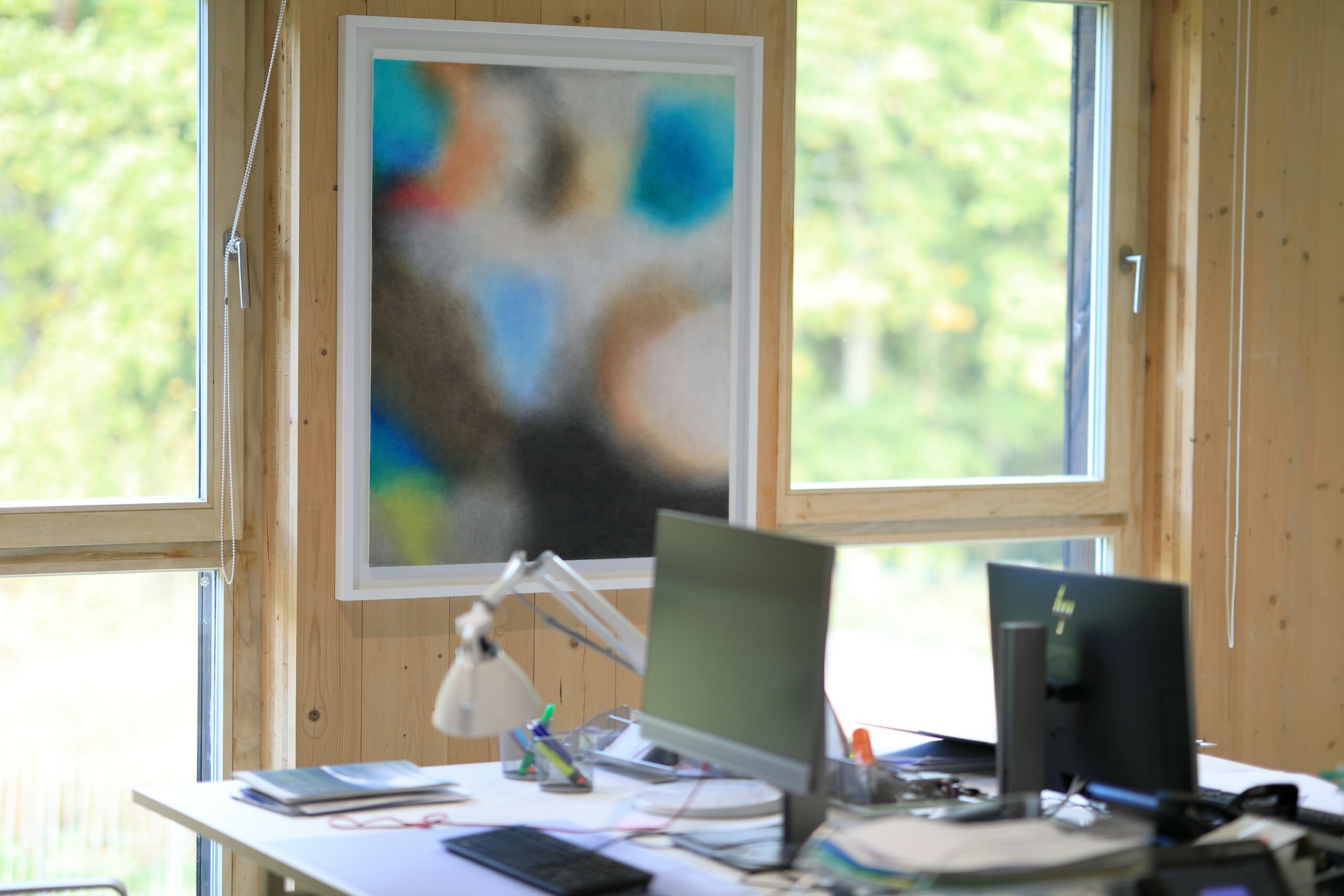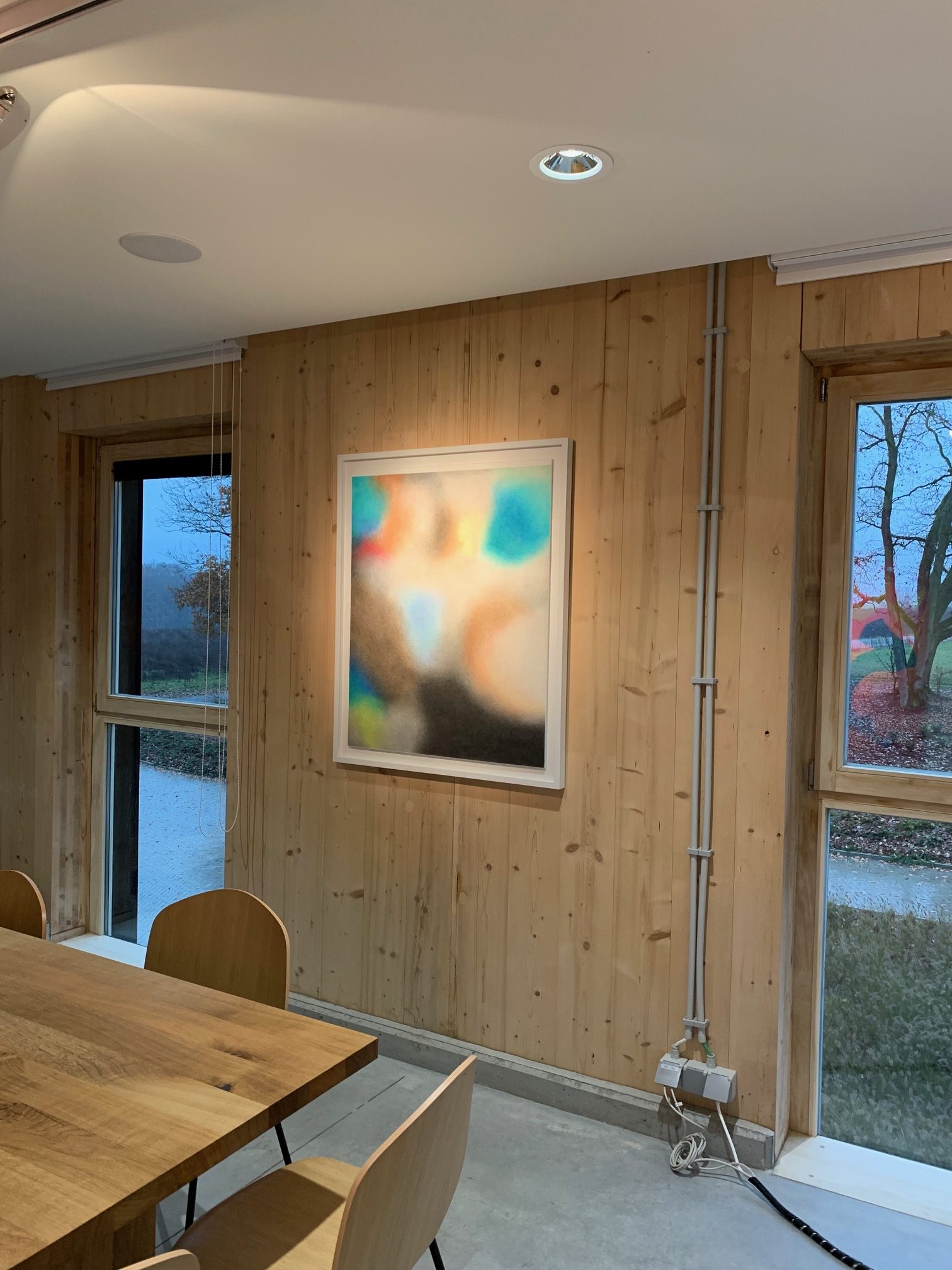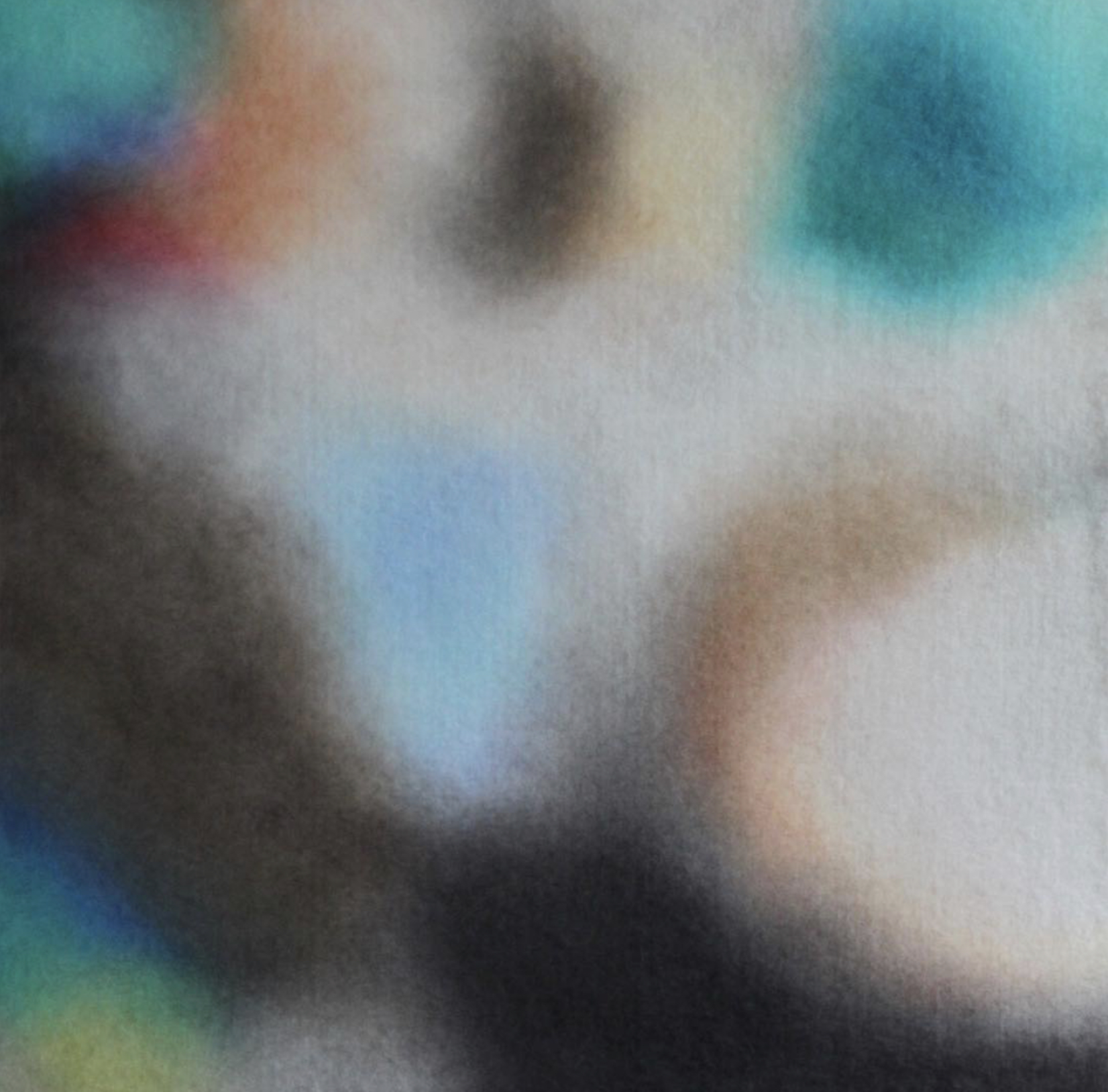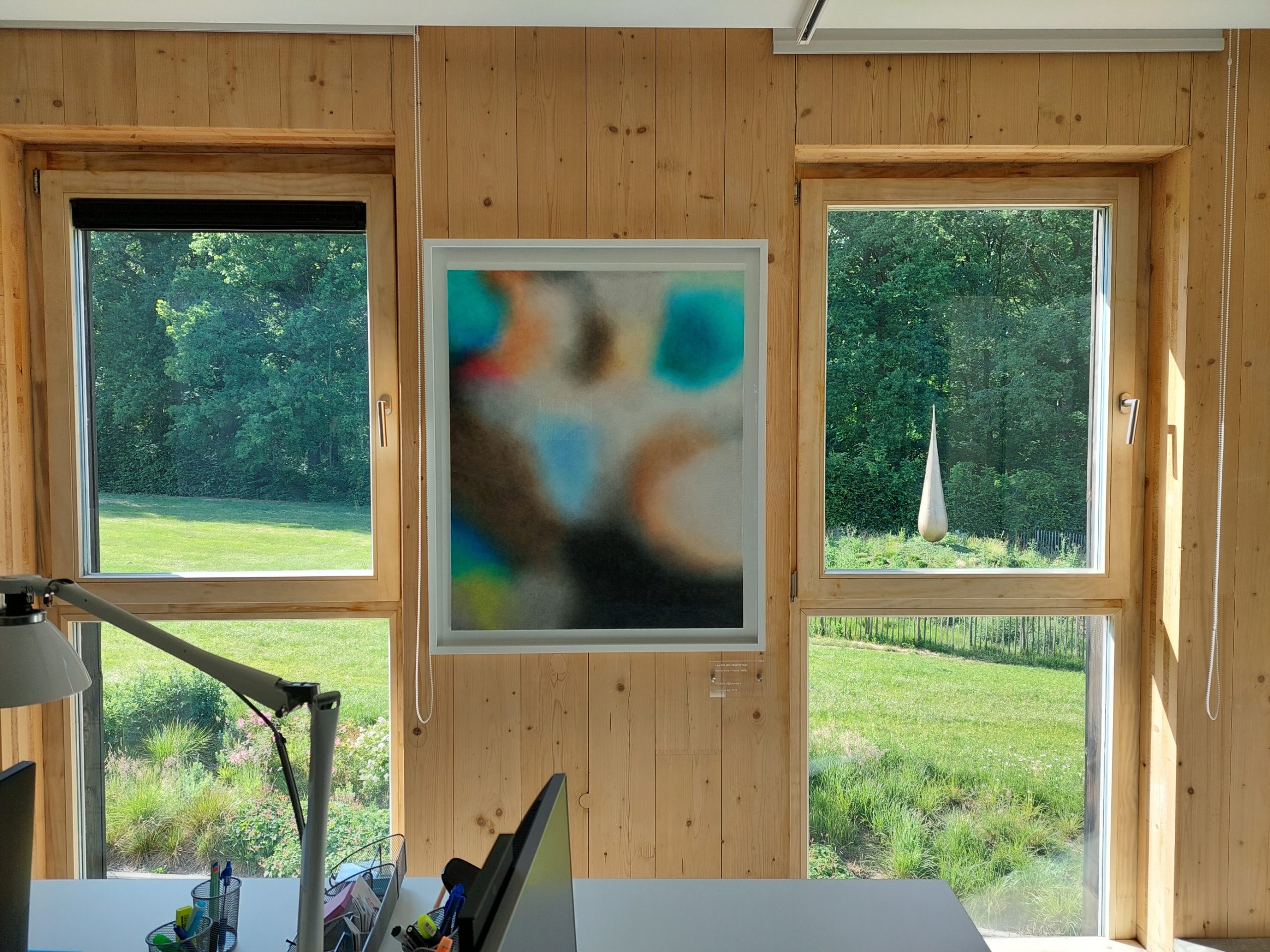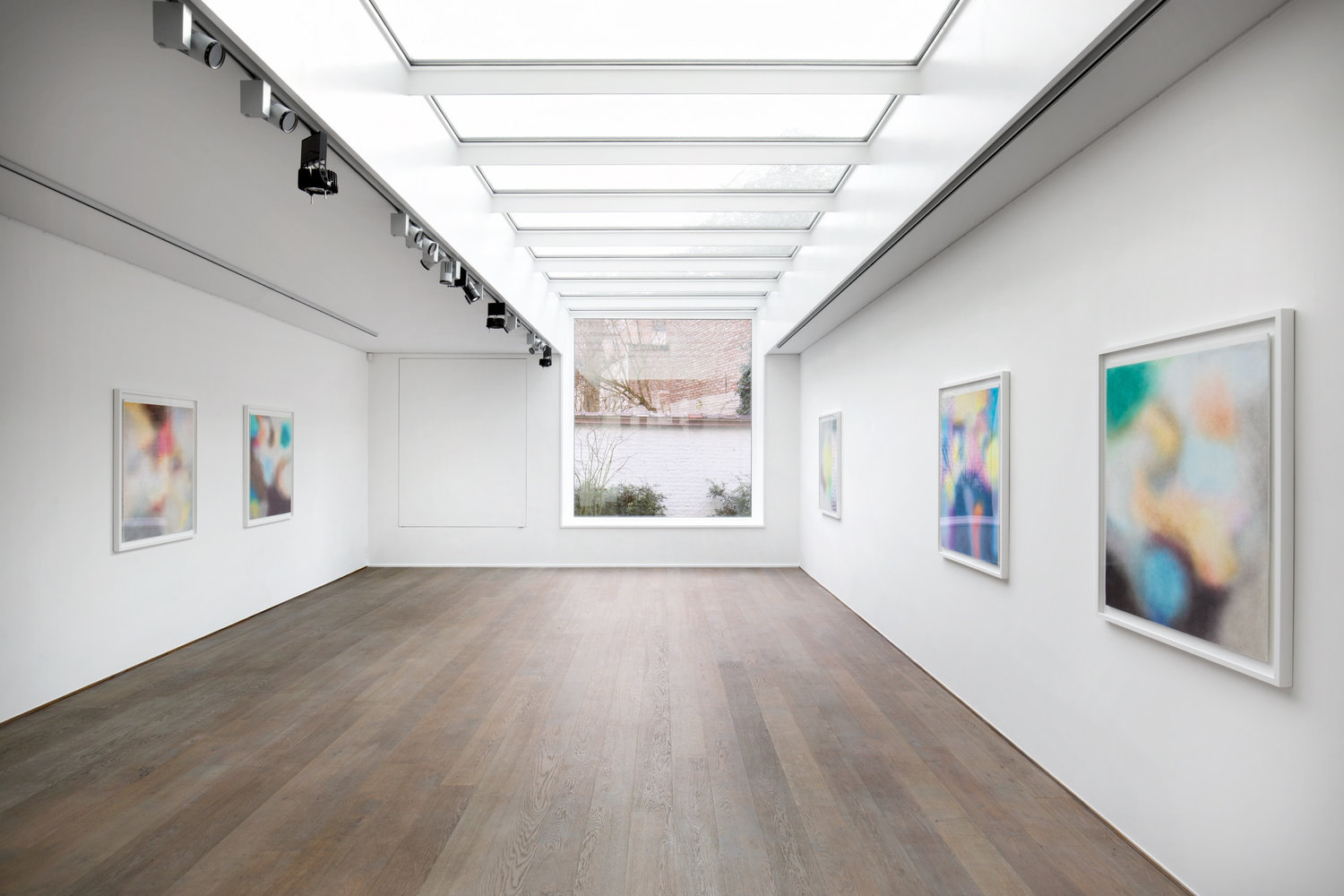Léa BELOOUSSOVITCH
A French visual artist who became a Belgian by adoption, Léa Belooussovitch was born in Paris in 1989 and lives and works in Brussels.
The large-scale photos of her Facepalm series printed on satin, as well as her spectacular drawings with coloured pencils on felt were exhibited during her end-of-residency exhibition at the MAAC – Maison d’Art Actuel des Chartreux, among others.
She is represented in Paris by the Galerie Paris-Beijing.
In 2018, she received the Young Artists Prize of the Parliament of the Wallonia-Brussels Federation which is given each year to a young artist under the age of 40 from the French Community in the field of visual arts.
The Esther Verhaeghe – Art Concepts travelling gallery in Brussels dedicated the PERCEPTS exhibition to her in 2019.
Presentation of the work acquired for the winery
Acquisition date: 2018
Exhibited in the offices
Kabul, Afghanistan
27 January 2018
Focus le Vif – Guy Gilsoul
The ambulance has successfully passed through the first checkpoint protecting one of the busiest and best protected streets in the Afghan capital.
It stops in front of the Ministry of the Interior, just long enough for the Taliban suicide bomber to set off the bomb. Within a hundred metres, all the windows shattered. The emergency services no longer know where to take the wounded because there are so many of them. So many dead bodies. Massoud Hossaini runs to the scene. The young Afghan photographer, a member of the AFP, is in the middle of the carnage. As he has done since 2007, when he returned to his native country after spending his life as a political refugee in Iran, he wants to bear witness.
The sun is low, the shadows long. In front of him, two men, a policeman and a civilian, lift up a wounded man dressed in white, his eyes closed, his body abandoned. On that day, 103 people died and 235 were injured. The world is inundated with these visual testimonies, but why does this one in particular hold the attention of the young French artist Léa Belooussovitch? And how can we imagine, in the face of the work she proposes, whose surface lives essentially in luminous chromatic zones “in a certain assembled order”, the subterranean presence of Massoud Hossaini’s photograph?
For everything in the composition is softness, vapours and mystery. The choice of the medium is not without meaning. Its material qualities make it a privileged ally of the coloured powders that the pencil patiently instils in the minute thickness of the sheets of paper. In so doing, the border between surface and background disappears in favour of a disturbing and living immateriality. The felt also induces, as with Beuys, a feeling of protective warmth.
Yes, by erasing the sharpness of the image while keeping the composition of the photo, Lea Belooussovitch gives back to the wounded man what the attack and the photographic act have taken away from him. He is no longer a witness and anonymous object but a pale blue presence. Unless this pale patch of sky is merely a void that ensures that the photographed target is anonymous again.

